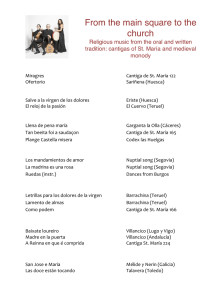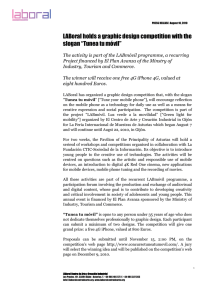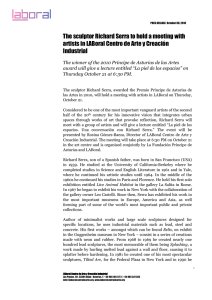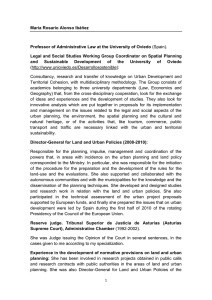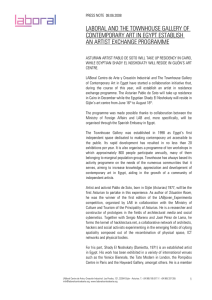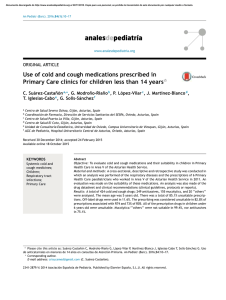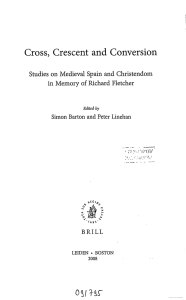devota fecunditas
Anuncio
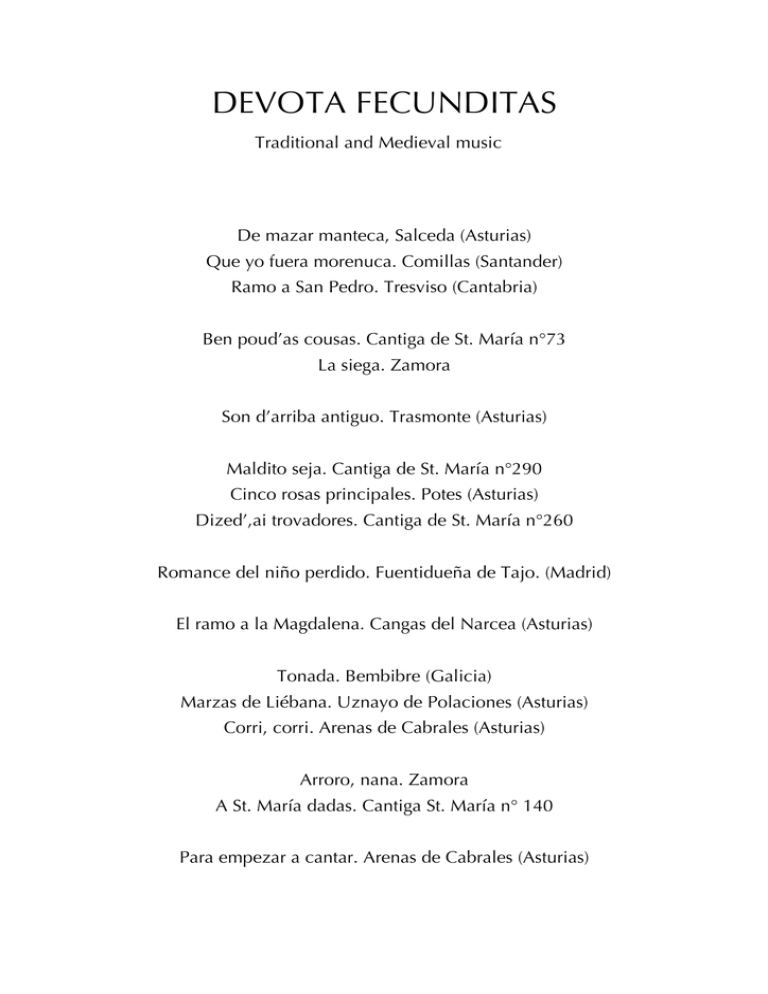
DEVOTA FECUNDITAS Traditional and Medieval music De mazar manteca, Salceda (Asturias) Que yo fuera morenuca. Comillas (Santander) Ramo a San Pedro. Tresviso (Cantabria) Ben poud’as cousas. Cantiga de St. María n°73 La siega. Zamora Son d’arriba antiguo. Trasmonte (Asturias) Maldito seja. Cantiga de St. María n°290 Cinco rosas principales. Potes (Asturias) Dized’,ai trovadores. Cantiga de St. María n°260 Romance del niño perdido. Fuentidueña de Tajo. (Madrid) El ramo a la Magdalena. Cangas del Narcea (Asturias) Tonada. Bembibre (Galicia) Marzas de Liébana. Uznayo de Polaciones (Asturias) Corri, corri. Arenas de Cabrales (Asturias) Arroro, nana. Zamora A St. María dadas. Cantiga St. María n° 140 Para empezar a cantar. Arenas de Cabrales (Asturias) Notes to the program Friday morning. A group of women knock on the door of every village’s house to ask for grain. They use it to go the mill to bake bread and cakes, which will be offered to the saint on the Sunday procession. The men observe while women of all ages perform the rituals, singing and playing. Accompanied by different percussions, these women are the principal actors of the community for several days. The program offers a traditional repertoire that has its origin in the pagan rituals of the Iberian Peninsula before the church arrived. One such ritual is Las marzas: the beginning of the year during the roman time was March. Up to this day at the beginning of this month pilgrimages, festivities and processions are performed. The Cantigas de St. Maria, a repertoire from the 13th century, frames those traditional pieces. The Cantigas were chosen because of their rhythmical, melodic and formal similarities with the traditional songs. Taken as a whole, the program offers a line of continuity where old and new melodies blend: modern and middle age, never separated, still united. Paloma Gutièrrez del Arroyo June Telletxea García Ana I. Arnaz de Hoyos Anne Marie Lablaude Singing and percussions


